Cabbage is a vegetable that comes in many varieties and is very easy to grow.
Cabbage Patch Facts
Name – Brassica
Family – Brassicaceae
Type – biennial vegetable
Exposure – full sun
Soil – Cool, deep, moist and rich
Harvest – All year round depending on the variety
Special care, from sowing and planting to harvesting, will help you get magnificent cabbage.
Sowing and planting cabbage
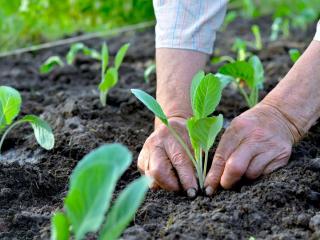
Headed cabbage (like white or savoy cabbage), Brussels sprouts, cauliflower and broccoli, here is how to grow them all.
If you choose and sow different varieties, you’ll be able to harvest cabbage from spring until the end of winter.
Headed cabbage
Sow headed cabbage at the end of winter or at the beginning of spring in a nursery.
Savoy and white cabbage can be started before kale.
- Sow as early as February/March in a nursery, sprinkling the seeds in a tray.
- You can also sow directly in the ground in March or April under a cold frame or a tunnel greenhouse.
- As soon as the first leaves appear, you can transplant them in the ground from February until August.
- Here are all the tips on savoy cabbage, kale.
Cauliflower
Growing cauliflower takes much longer, since it needs nearly 7 months from seed to harvest.
- Sow in March and April in a sheltered place to harvest in fall.
- Sow in May directly in the ground to harvest in winter.
- Here are all the tips on growing cauliflower.
Brussels sprouts
Brussels sprouts are generally sown at the end of winter or in spring in a sheltered place.
- Sowing can start in a nursery in March, and seedlings are transplanted to the ground in May.
- Planting usually takes place in May or June.
- Here are all the tips on how to grow Brussels sprouts.
Broccoli
- The first broccoli cabbage of the season are called early broccoli, and can be sown in a sheltered place as early as March, for a harvest from August to September.
- For direct sowing, though, wait for the last frost spells to have subsided, which means planting in May or June.
- Here are all the tips on how to grow broccoli.
Napa cabbage, Chinese cabbage
- Sowing is in summer.
- Here are all the tips on how to grow Chinese cabbage.
After sowing, how to care for cabbage
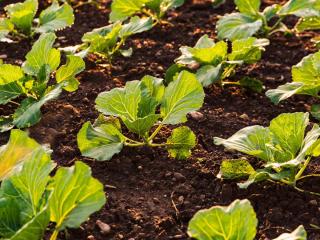
- Space plants 16 inches (40 cm) apart when transplanting.
This space is indeed mandatory if you’re to give your plants the room to grow. - The soil must have been well tilled beforehand.
- Water regularly but in a light drizzle to keep the substrate sufficiently moist.
There are various types of pests that will attack your cabbages at all stages of life. Young ones are particularly vulnerable to snails and slugs. Older ones attract females of the large white, a butterfly that lays eggs on leaves for its caterpillars to feed on.
Harvesting cabbage
Harvesting headed cabbage
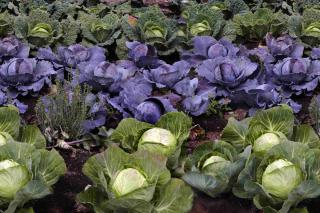
Some varieties can be harvested 2 months after planting, whereas others need up to 7 months.
Wait for the head to have grown as large as a good-sized apple before harvesting your headed cabbage.
→ Tasty stuffed cabbage roll recipe with savoy cabbage
Harvesting Brussels sprouts
Brussels sprouts begin to ripen from the bottom up, as the main stem grows taller and taller.
You only need to break off a few of the largest tiny cabbage heads that grow along the side of it when you need a few. Don’t let get any larger than a ping-pong or golf ball, or they’ll get more and more bitter.
Harvesting cauliflower
Cauliflower can be harvested practically all year round, depending on when they were sown.
Wait for the head to form well, then slice it off at ground level.
Harvesting broccoli cabbage
Broccoli is harvested when the main head is well formed and still tightly bunched.
Cut just about 2 inches (5 cm) below the harvested head, to let your broccoli grow on: it’ll grow a few more heads. They’ll be smaller, for sure, but just as delicious!
Harvesting napa cabbage, Chinese cabbage
This takes place in fall until frost spells hit, and even winter if the climate permits (mild winters).
Slice the head off at the base with a very sharp blade.
Smart tip about cabbage
Provide your cabbage with extra nutrients (fertilizer, manure and seaweed-based compost) to boost growth and enhance your harvest!


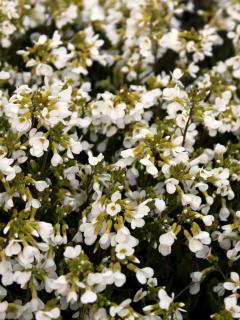
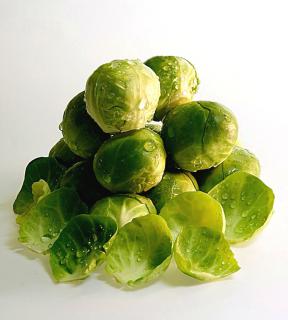
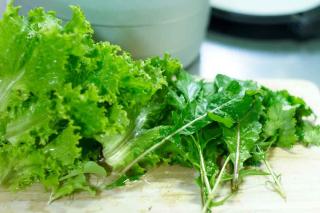
I have a question
Ask my questionI'd like to comment
Post a commentNo comments yet – be the first to share your thoughts!